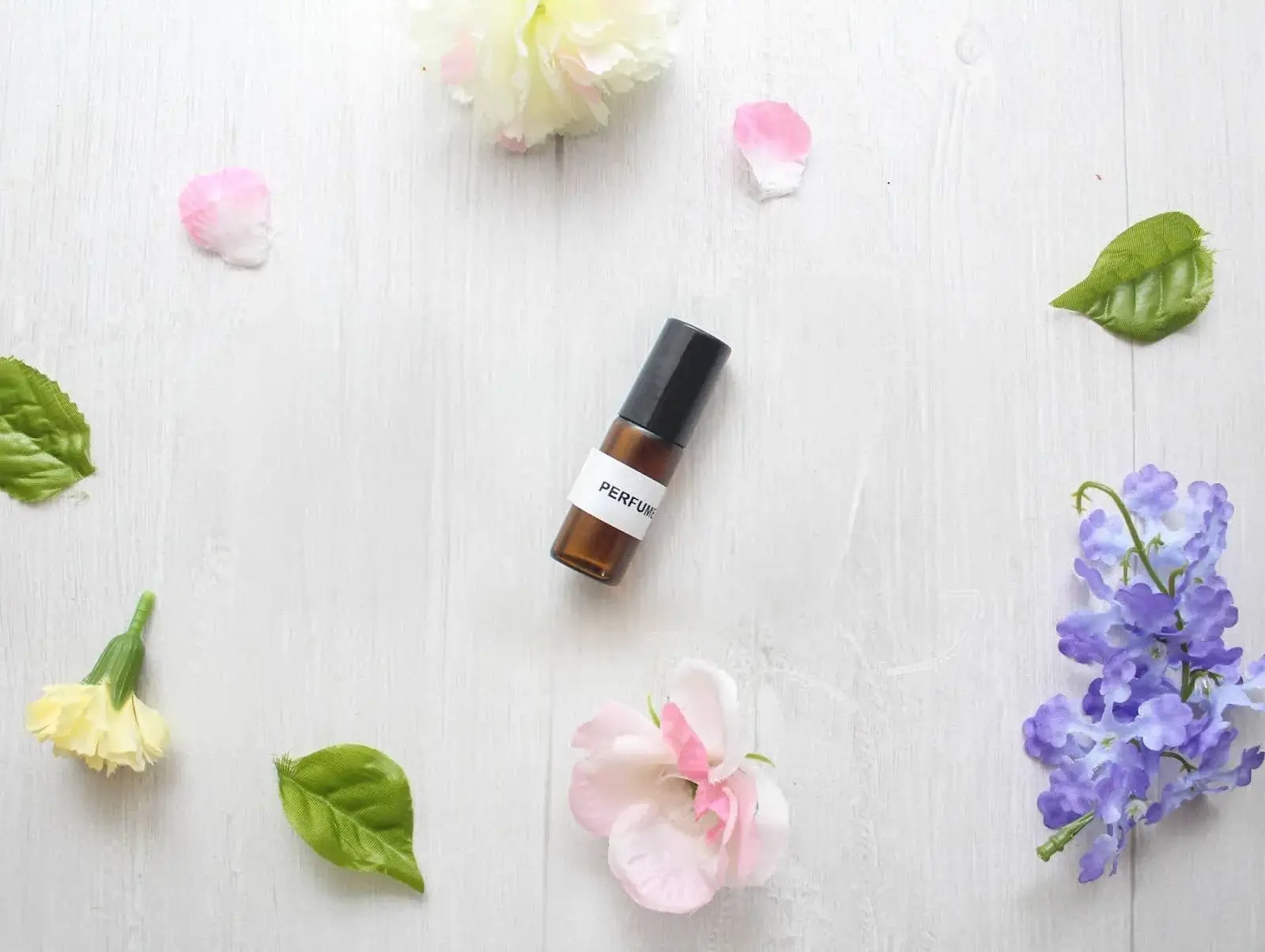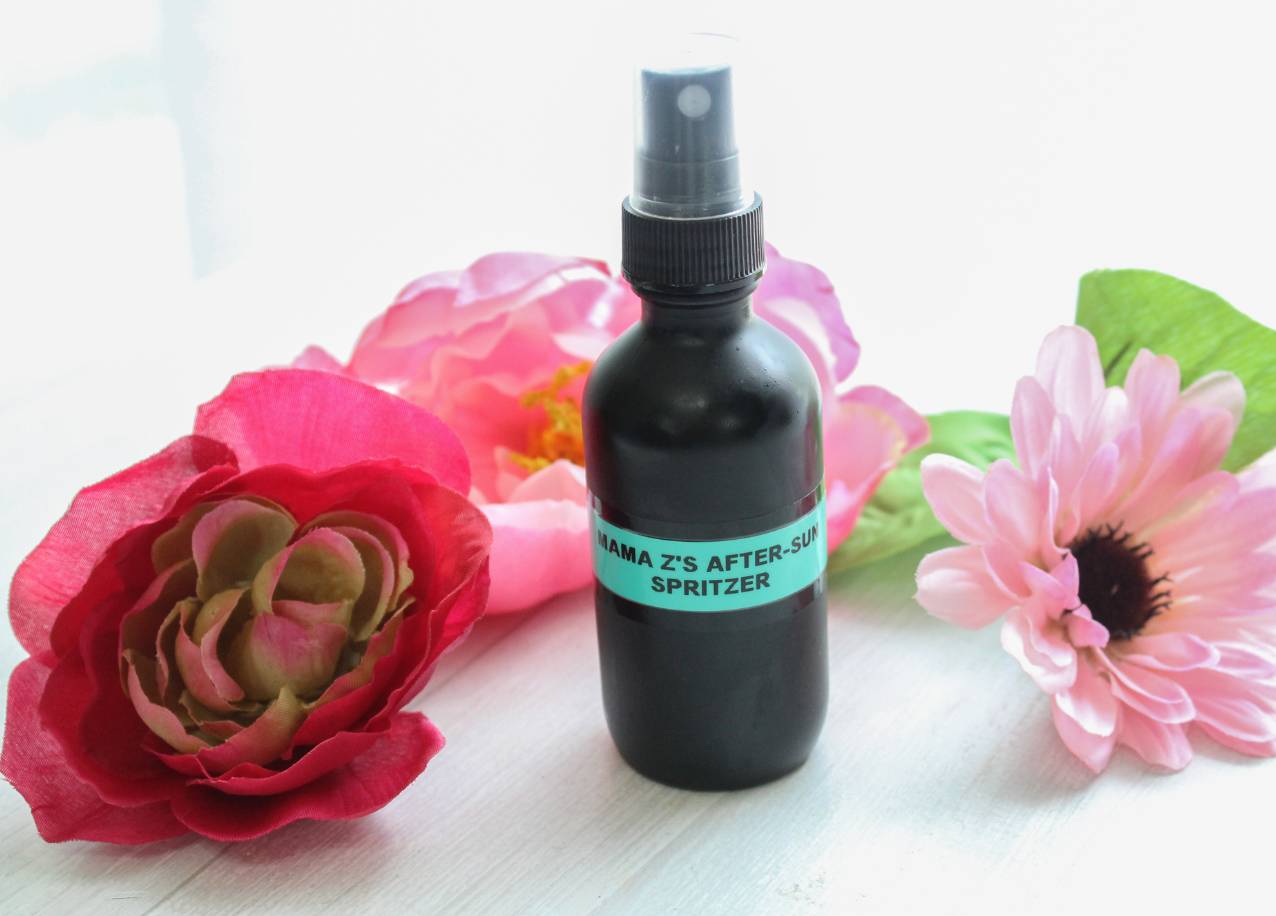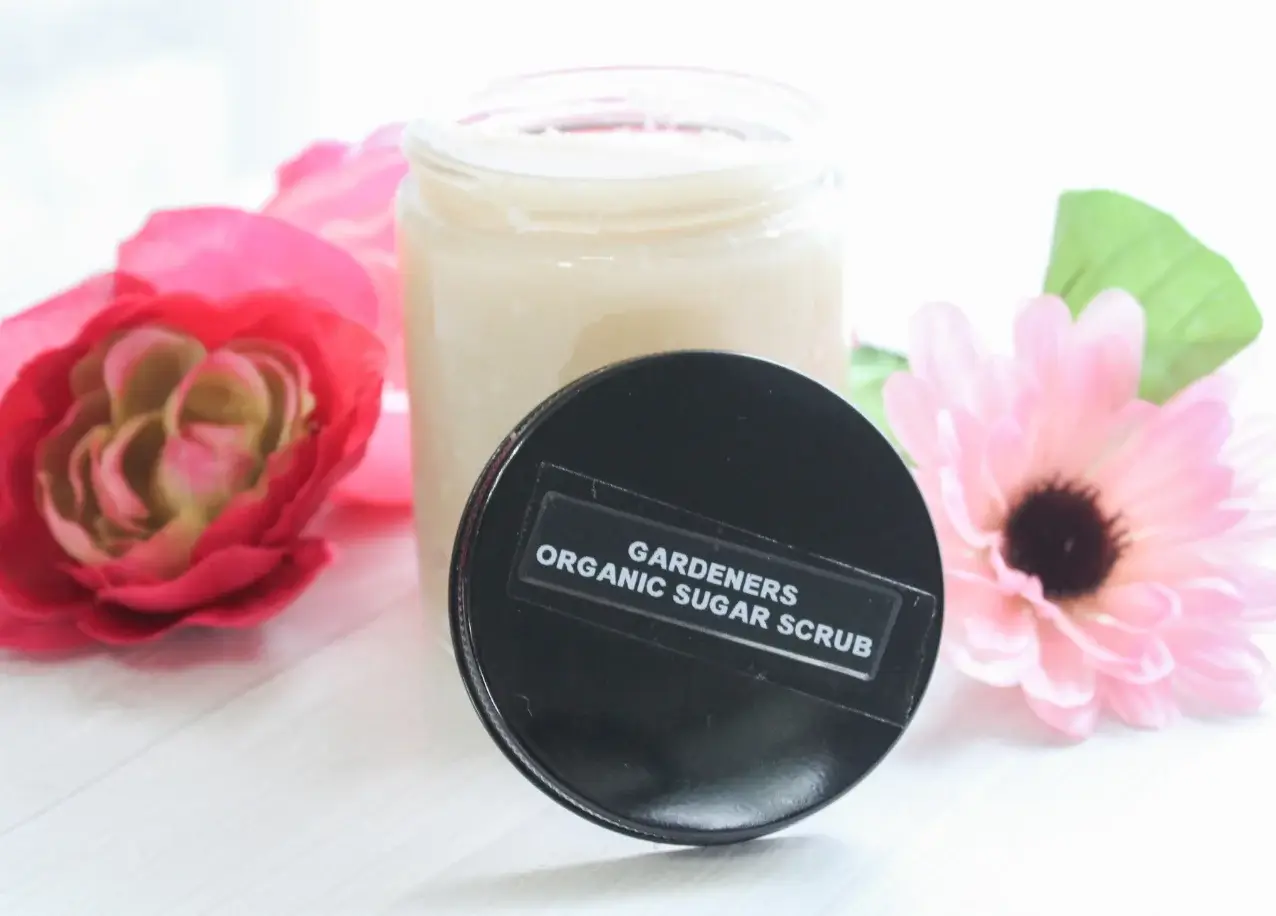Lip balms are everywhere, but all-natural ones are costly. Plus, you never know if those ingredients are actually toxin-free. Save your wallet and your sanity by making my DIY Lip Balm with Essential Oils! This recipe makes many silky lip balms that are the perfect treat for you or a friend!
Pro tip: I always make a batch of 50 or more at a time. I tuck a few extras into my purse, put my name on mine (so I know which one I’ve used!), and then I always have extras to give to a friend in need. Sharing is caring, after all!
Table of Contents
Toxic Ingredients in Lip Balm
Lip balm products are an area we need to be highly vigilant in. You don’t just absorb the chemicals through your skin, but you also directly ingest lip products. Most people who use lip balm regularly consume pounds over their lifetime. Here are just a few of the toxins you’ll see in store-bought lip balm.
Petrolatum
Most lip balms include petroleum-based ingredients because, on the surface, petrolatum seems like it’s moisturizing to dry lips. The truth is, petroleum only suffocates your pores and blocks any beneficial ingredients from being absorbed. This toxin can also cause breast cancer. (1) We replace petroleum-based products with beeswax, a much safer alternative in this recipe.
Parabens
Parabens have been found in breast cancer tumors, leading researchers to believe they can cause cancer. (2) For decades, parabens have been disrupting endocrine systems and lowering fertility rates in men. (3) These preservatives are powerful; they can even harm a pregnant woman and her baby. (4) Long-lasting products aren’t worth the health risk!
Synthetic Fragrance
Synthetic fragrance is a common ingredient in lip balms. You’ll find every scent imaginable, from cherry to bubble gum! These scents may be fun, but at what cost? Synthetic fragrances are some of the most harmful ingredients out there because you never know what that label entails. The FDA has created a legal loophole (5) that allows companies to keep their toxic fragrance formulas secret.
We know that whatever is in these formulas can contribute to migraines, (6) skin irritations, nausea, and more. There’s no need to use fake fragrances when you can add essential oils to a DIY! You get more health benefits and none of the side effects.
Safe & Simple Lip Balm Ingredients
This recipe makes about 15-18 lip balms, depending on the tins used. These all-natural ingredients will moisturize your lips and leave them feeling healthier! This recipe is a great, inexpensive gift that will win your friends over to the non-toxic side!
Beeswax: Beeswax creates a thick, protective layer on the skin. This layer helps keep dryness out and makes the most of what moisture your lips already have. Plus, it has a light honey scent that smells amazing. If you’re allergic to beeswax or prefer a vegan option, try candelilla wax or bayberry wax.
Coconut Oil: Coconut oil is so moisturizing. It’s known as the jack-of-all-trades by many natural living enthusiasts. Coconut oil is a great hair mask, lotion, and a key ingredient to the perfect lip balm in this recipe. This powerhouse also contains lauric acid (7), which can help eliminate harmful bacteria.
Shea Butter: Shea butter is one of my favorite moisturizers, so it’s no surprise that I include it in every DIY possible. It contains fatty acids that help heal lips from the inside out. It’s one of the most intensely moisturizing DIY ingredients out there!
Vitamin E Oil: This group of vitamins produces a replenishing oil that is perfect for lip care. Vitamin E can help heal wounds, so give this balm a try if you have a cold sore or heavily cracked lips! The skin right above the lips can often get chapped, too, causing pain and unsightly rashes. Vitamin E is the perfect solution to this problem!
Essential Oils: Essential oils make this lip balm smell fantastic. Whenever I wear this lip balm, I get questions about what perfume I’m wearing. It’s that great! As you know, EOs add extra benefits to this recipe. Here are the oils we are using today.
- Rosemary Essential Oil: This EO helps soothe the lips. Rosemary can calm the nervous system. (8) It also has antiseptic properties and can help fight off harmful bacteria. Rosemary essential oil is an excellent inclusion if you’re someone who tends to get cold sores.
- Peppermint Essential Oil: Peppermint EO is naturally antibacterial (9) and can help prevent chapped lips from becoming infected. Its crisp scent promotes focus, making it a perfect pick-me-up. If you’ve never used peppermint essential oil in skincare before, you’re in for a treat! It feels so soothing on the lips.
With a bit of prep work, you’ll have an entire stock of delicious, all-natural lip balms. Here’s what you need to do.
Extra-Moisturizing Lip Balm with Essential Oils Recipe

Extra-Moisturizing Lip Balm
Quantity
Ingredients
- 1 tablespoon organic beeswax pellets, yellow OR white*
- 3 tablespoons Mama Z’s Essential Oil Base OR your favorite carrier oil**
- 2½ teaspoons unrefined shea butter
- 5 drops vitamin E oil
- 2 drops rosemary essential oil***
- 3 drops peppermint essential oil
Supplies
- 15-16 lip balm tubes or tins
Instructions
- Fill a saucepan with 1-2 inches of water and place over medium heat. Set a glass measuring cup or jar into the saucepan to create a double boiler.
- Place the beeswax, oil base, and shea butter in the jar, and stir until melted.
- Once the ingredients are melted, remove from heat and quickly mix in the vitamin E oil and essential oils.
- Carefully pour into tubes or small tins.
- Let cool.
Notes
- Rosemary and lemongrass
- Lemongrass and peppermint
- Orange and peppermint
Step One: Melt the Ingredients
Set a glass jar or measuring cup in a saucepan filled with an inch of water. Place the beeswax, carrier oil, and shea butter in the jar and melt over medium heat, stirring occasionally.
Step Two: Add Essential Oils
Once the ingredients are melted, remove from heat and quickly stir in the vitamin E oil and essential oils of choice.
Step Three: Store and Use
Carefully pour into tubes or small tins. Let cool. To use, apply a small amount with your finger to ward off chapped lips.
- https://www.ncbi.nlm.nih.gov/pmc/articles/PMC4503499/#:~:text=We%20observed%20a%20significant%2C%20positive,(ptrend%20%3D%200.02)
- https://pubmed.ncbi.nlm.nih.gov/14745841/
- https://pubmed.ncbi.nlm.nih.gov/19007877/
- https://pubmed.ncbi.nlm.nih.gov/29366524/
- http://fda.gov/cosmetics/cosmetics-labeling/trade-secret-ingredients
- https://pubmed.ncbi.nlm.nih.gov/23832131/
- https://www.ncbi.nlm.nih.gov/pmc/articles/PMC444260/
- https://pubmed.ncbi.nlm.nih.gov/19258850/
- https://www.ncbi.nlm.nih.gov/pmc/articles/PMC6988806/















